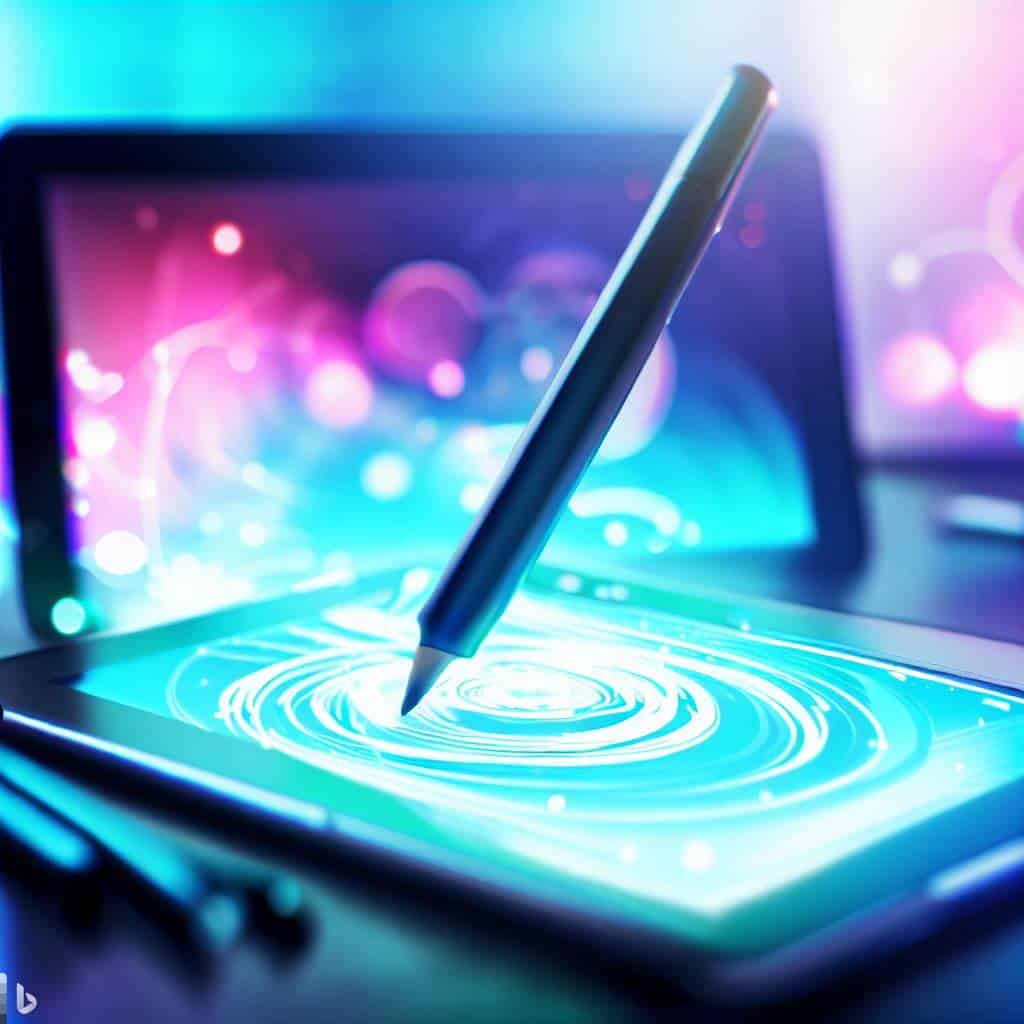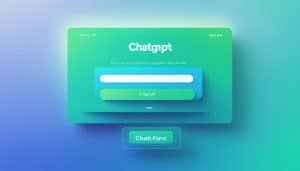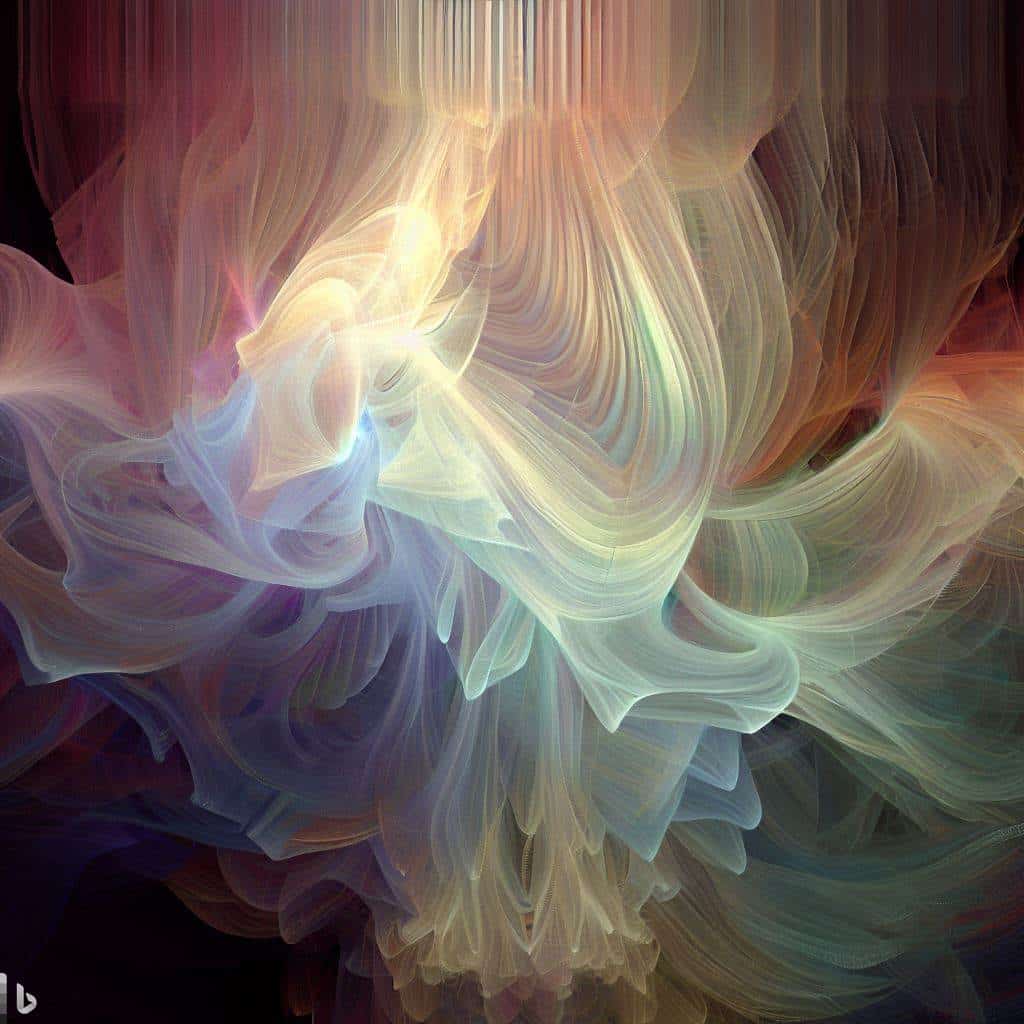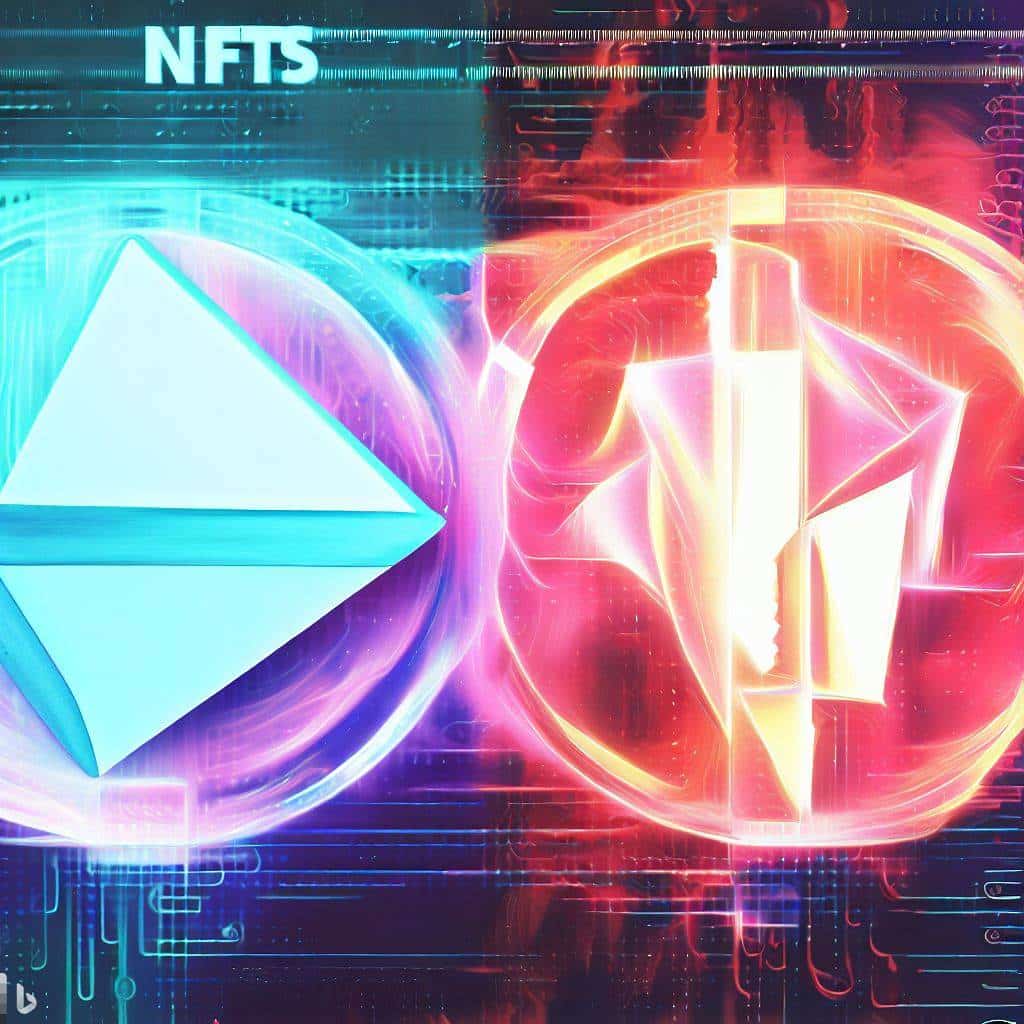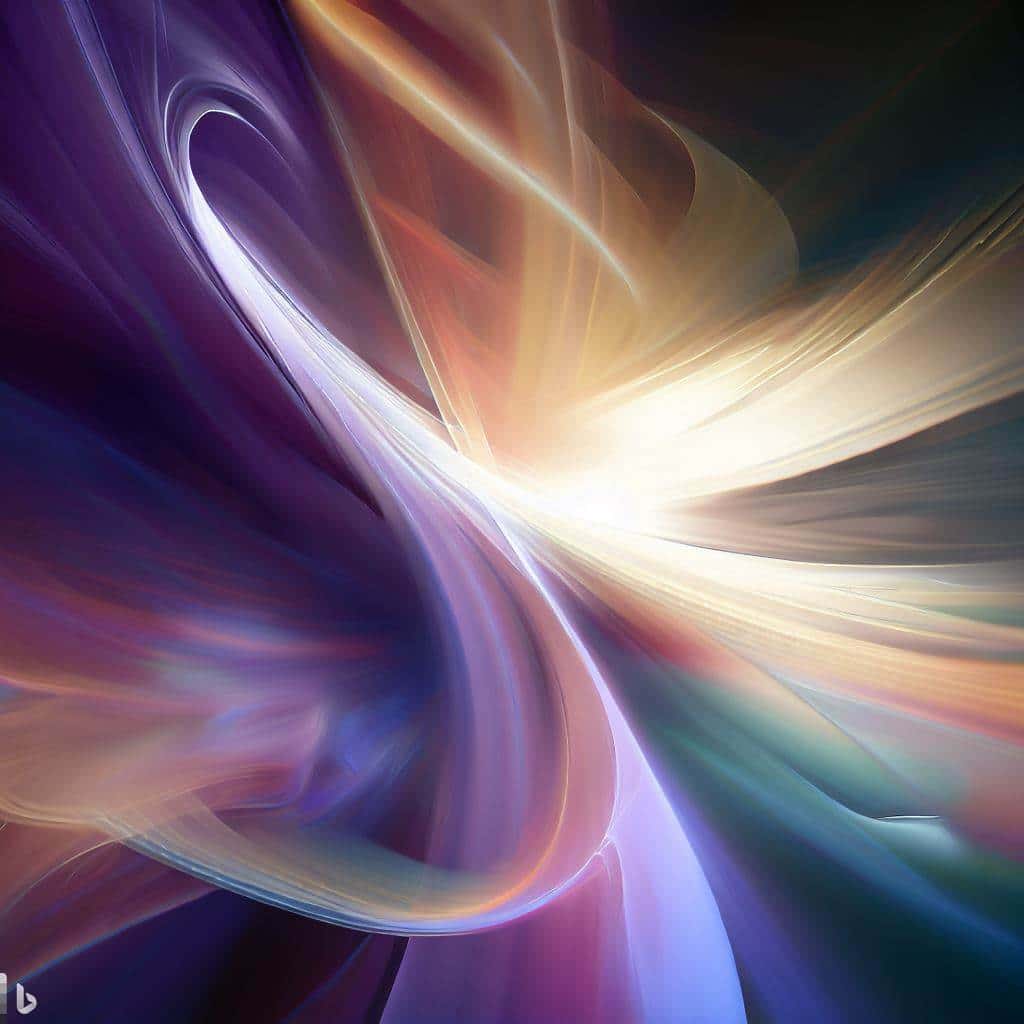Introduction to Digital Art as a Career Option
A career in digital art is a great way to express creativity using the latest technology. There’s a rising demand for artists who can create designs, animations, 3D models, virtual reality experiences, and concept art. This job provides creative expression and many job and freelance opportunities.
Specializations include graphic design, motion graphics, game design, or concept art. It also involves mastering software tools like Photoshop or Maya.
Freelancers can find work on sites like Fiverr and Upwork. Jensine Eckwall’s artwork was featured on The New Yorker magazine cover page six times – showing that a career in digital art is achievable.
The digital art industry is growing, making it a great investment if you take art classes!
Digital Art Industry Overview
Digital art is a diverse and creative expression of technology. It requires computer hardware and software to create, edit, and distribute visuals. Recently, it’s becoming more popular due to its versatility and accessibility. There are many sub-fields like graphic design, illustration, motion graphics, and animation.
Digital art has advantages. Those that specialize can earn great money or freelance. Plus, it offers flexibility with work hours and location.
Thanks to tech advancements, digital art is in demand in various industries such as advertising, film, gaming, and web dev. The US Bureau of Labor Statistics states job opportunities for multimedia artists are expected to grow 8% from 2019 to 2029 — faster than the average for all occupations.
So why limit yourself to only one skill when you can specialize in the full spectrum of digital art?
Specializations in Digital Art
Digital Art has multiple specializations to make a career out of. Here’s a breakdown of them:
| Specialization | Description |
|---|---|
| Animation | Making graphics and illustrations with software like Adobe After Effects or Blender. |
| Graphic Design | Making attractive designs that communicate info with tools like Adobe Illustrator or Photoshop. |
| 3D Modeling | Designing and making three-dimensional objects with Autodesk Maya or Cinema 4D. |
| Video Editing | Tweaking recorded video footage for the final product with Final Cut Pro or Adobe Premiere Pro. |
These specializations require different abilities. Graphic design needs typography and color theory knowledge, while 3D modeling demands knowledge of geometry and spatial awareness.
The digital art market is growing. According to Forbes, the global animation market size was $259 billion in 2019 and is expected to reach $424 billion by 2027.
Want a secure job in digital art? Just remember, the only constant is software updates every two weeks!
Job Opportunities in Digital Art
Digital Art: A Future-Proof Career Choice!
Demand for digital art is rising, making it a great option for aspiring creatives. Designing graphics, illustrations, animations for websites, ads, social media & video games is what digital artists do.
Work opportunities are diverse. Skilled digital artists can work in advertising agencies, game dev studios, film production companies, or freelance. As tech is becoming more important, the demand for skilled digital artists is growing rapidly.
Continuous learning is a must in the digital art world. Technology & software updates mean you need to keep up-to-date with new tools & techniques. Ideal for those who like trying out new stuff.
Don’t miss out! Embrace this industry that combines creativity & technology. Start learning today! Google-ing ‘how to fix Photoshop errors‘ while creating digital art is key!
Skills Required for Digital Art Careers
Digital art requires a variety of skills. It goes beyond creativity and involves technical know-how and software. Necessary talents include:
- Graphic design with Adobe Photoshop and Illustrator
- Web design with HTML, CSS and JavaScript
- 3D modeling with Maya or Blender
- Communication with clients and team members.
These four abilities form a strong base, however, there’s more to consider. Video editing, programming and industrial design knowledge could be vital.
Digital art careers involve marketing, advertising, game development and filmmaking. It’s popular, dynamic and challenging.
Artists have always been tech-savvy. With digital art, they can explore new mediums. Thousands have become digital artists, sharing their work, using social media and website platforms. No formal art education is needed – just let Photoshop show you how to turn stick figures into masterpieces!
Education and Training for Digital Art Careers
Individuals aiming for a career in digital art need proper education and training. Needed knowledge includes graphic software like Photoshop and Illustrator, and 3D modeling. Degrees that teach digital art concepts like color theory, typography, and image editing can specialize in areas such as web design, animation, and game creation.
Online tutorials by industry leaders, like Lynda or Udemy, are also available. Attending workshops and networking events can help build a portfolio. Staying up-to-date with current trends is essential for personal growth.
Project management, marketing strategies, and selling artwork online through eCommerce websites like Etsy or Shopify are all practical skills needed. Competitions like Adobe Creative Jam offer a chance to showcase talent and get feedback from mentors in the industry.
Beeple is a famous artist who made it without formal education. He consistently uploaded free content on his website for ten years before being globally recognized for his contribution to the NFT (non-fungible tokens) market.
An ambitious attitude paired with technical abilities and creativity can lead to a secure job with constant new opportunities in digital art.
Potential Earnings in Digital Art Careers
A digital art career offers lots of possibilities and income sources. Artists get paid through commissions, royalties, and contracts with art studios or gaming companies. Plus, custom artwork like portraits can be costly. Working with others can bring great profits.
You can also make money from your content on social media, such as Instagram, YouTube, and Twitch. Selling stock images or icons for website builders and software developers is possible on digital art marketplaces.
Freelance projects offer good pay, usually between $50 and $150 per hour, to those with graphic design and web development skills.
Digital art requires creativity and technical skills, plus an open mind for collaboration. This helps create opportunities with long-term earning potential.
To increase your earnings as a digital artist, attend conferences or create online courses. Networking is important too; reach out to other digital artists to access new clientele.
Don’t worry if you’re just starting out – every great artist was once a beginner who couldn’t draw a straight line!
Challenges in Digital Art Careers
Pursuing a career in digital art comes with many obstacles, such as fierce competition, demanding clients, and ever-changing tech. Staring at a screen can cause physical challenges, like eye strain and back pain. Freelance work can make hours unpredictable, so it’s important to prioritize mental health and take breaks. Networking is difficult due to the virtual nature, so building connections through online communities or events is essential. Artrepreneur states that only 5% of artists make more than $200K annually, highlighting how tough it is to succeed. Ultimately, whether you’re a digital or traditional artist, your parents will probably never understand what you do!
Conclusion: Is Digital Art a Viable Career Option?
Digi-Art as a Profession?
Tech and internet are on the rise – and so is digital art! Many aspiring artists are now wondering: is it worth it to pursue this as a career?
Digital art is booming! There’s plenty of chances for designers in media, gaming, advertising, and fashion. Plus, with VR technology, digital art has skyrocketed in recent years.
So how do you get started? Learn the software – and how to think creatively. Network with peers and show off your work online.
Digital art can be very profitable. Just make sure to keep up-skilling and stay up-to-date with new software and advancements. This will ensure your designs are always at their delightful best – and businesses will love them!
Q: What is a digital artist?
A: A digital artist is a person who creates art using digital tools and techniques.
Q: What is an animator?
A: An animator is a person who creates animations using computer software or traditional animation techniques.
Q: Is a career in digital art a viable option?
A: Yes, a career in digital art can be a viable option for those with the right skillset and drive. There are various career paths available, such as graphic designer, art director, 3D animator, concept artist, and more.
Q: What does a graphic designer do?
A: A graphic designer creates visual content for various media and platforms, such as websites, advertisements, logos, user interfaces, and more.
Q: What is a 3D animator?
A: A 3D animator is a person who creates digital models of objects using computer software and brings them to life through animation.
Q: Do I need an art degree to pursue a career in digital art?
A: While an art degree can be beneficial, it is not always necessary. Many digital artists and animators work as freelancers and gain skills through practice and self-study.
Q: Can digital artists work in the comic book industry?
A: Definitely! Digital artists can create 2D or 3D visuals, storyboards, and comics, and collaborate with writers and editors to produce engaging content.
Q: What software do animators work with?
A: Animators work with a variety of digital tools, such as Maya, Blender, Unity, and more, to create animations and special effects.
Q: What does a storyboard artist do?
A: A storyboard artist creates visual representations of a script or story, illustrating the plot, characters, and action scenes to help visualize how the final product will look.
Q: What do graphic designers use to create their designs?
A: Graphic designers use a variety of tools and software, such as Adobe Creative Suite, to create visual content for print and digital media.
